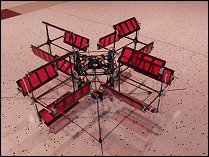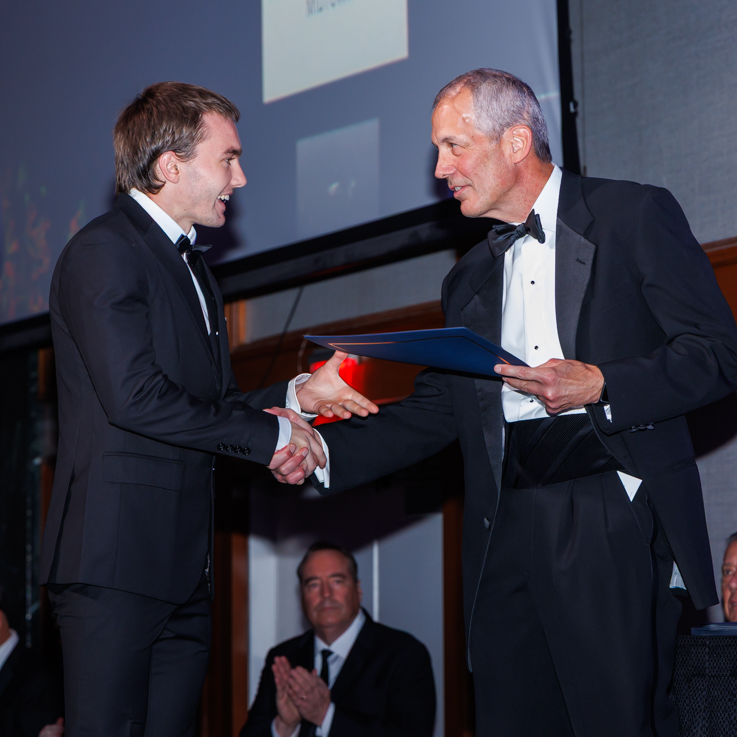News Story
New 4-rotor Cyclocopter video

This new video from the Alfred Gessow Rotorcraft Center shows stable hover of a novel Vertical Take-Off and Landing (VTOL) aircraft -- the Cyclocopter, developed at the University of Maryland by Dr. Moble Benedict, Mr. Joseph Mullins, Dr. Vikram Hrishikeshavan and Prof. Inderjit Chopra.
Cyclocopter utilizes cycloidal-rotors (cyclorotors), a revolutionary horizontal axis propulsion concept which has many advantages such as higher aerodynamic efficiency and maneuverability. One of the key advantages of the cyclorotor is its thrust vectoring capability, which is utilized in the present study for yaw control. The present vehicle has a quad-cyclorotor configuration where each of the rotors is powered using independent motors. Also by using separate thrust vectoring mechanisms for each rotor, each of the thrust vectors could be independently tilted making the vehicle extremely maneuverable.
The cyclorotor design was optimized based on the detailed experimental studies conducted by Dr. Moble Benedict, Mr. Tejaswi Jarugumilli and Prof. Inderjit Chopra. A novel attitude control technique is developed using differential RPM control and thrust vectoring which is also designed to take care of the inherent pitch-roll couplings. For closed-loop attitude stabilization of the vehicle, a proportional-derivative controller was implemented on an onboard 3 gram processor-sensor board. Using this control system, the stable autonomous hover of the cyclocopter was successfully demonstrated. This is the first pure cyclocopter (entire thrust produced from cyclorotors) in the history to perform stable controlled hover after the inception of this concept 100 years back.
Published December 20, 2012









